News, Events and Discoveries Archive
TBSInews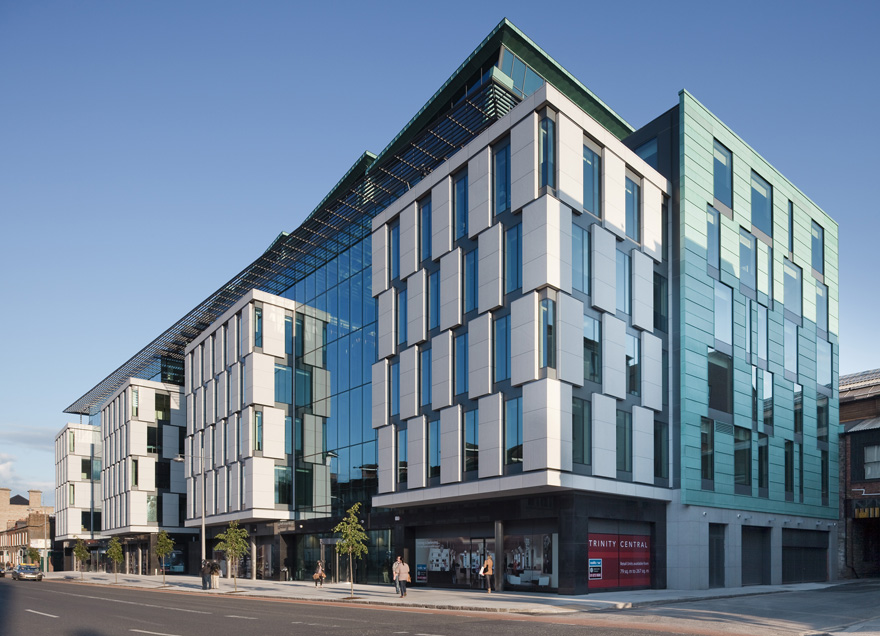
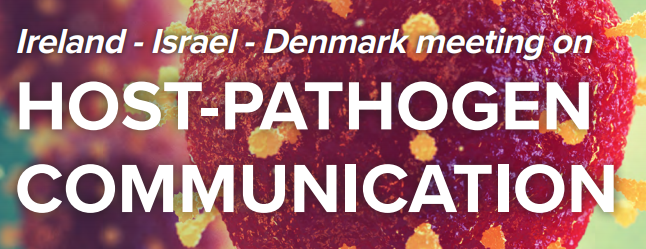
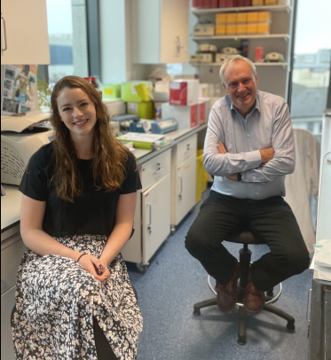

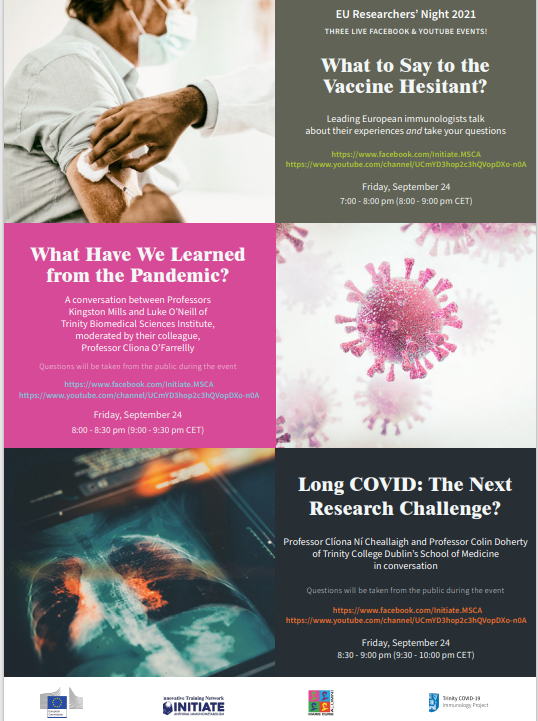
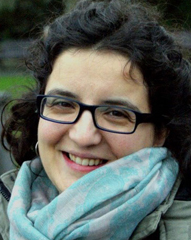

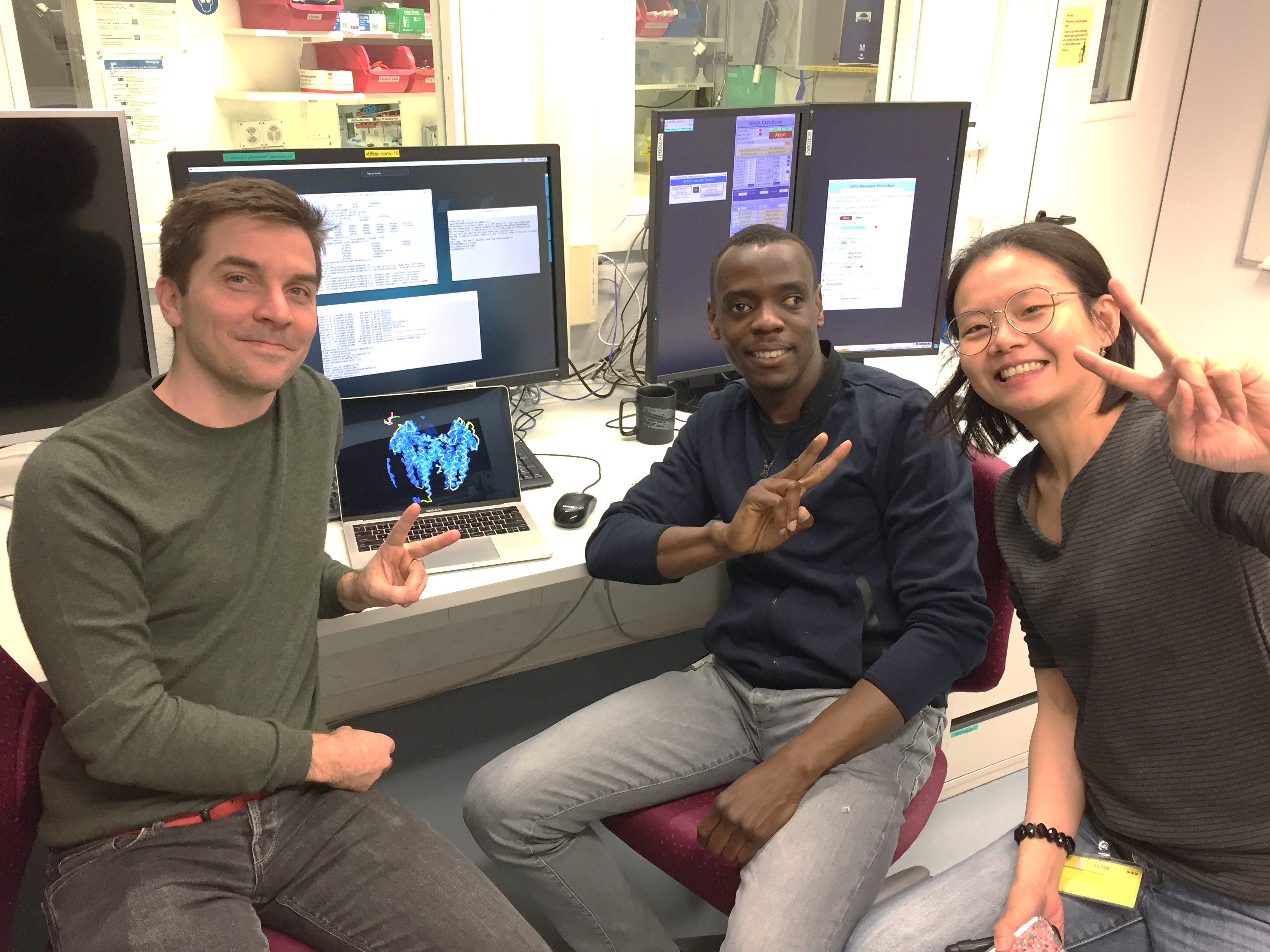
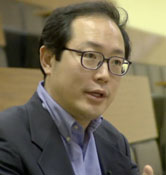
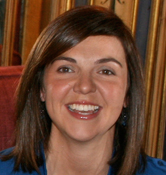
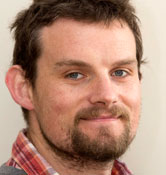


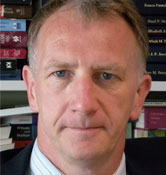
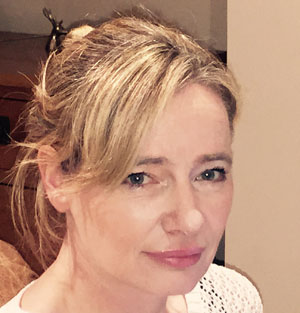
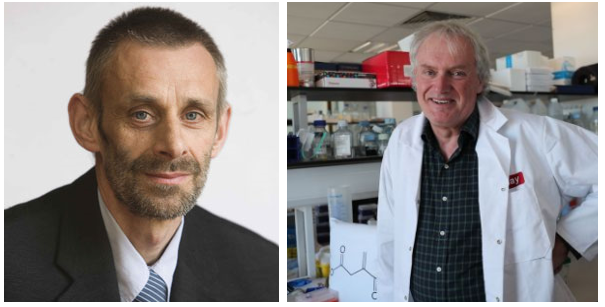

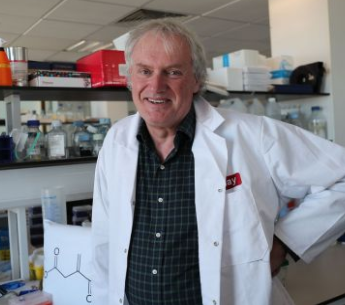





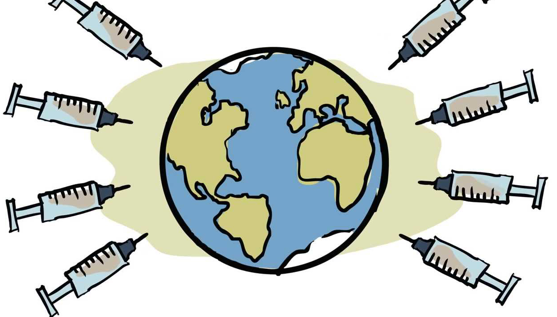
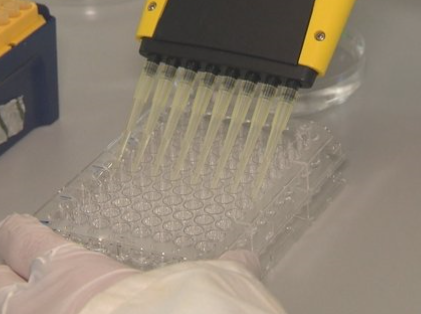
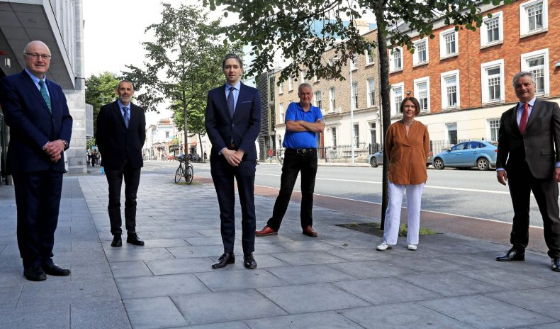
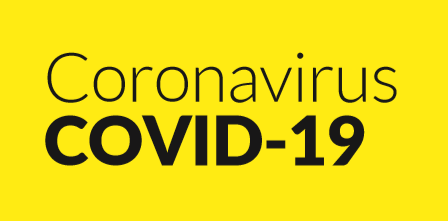
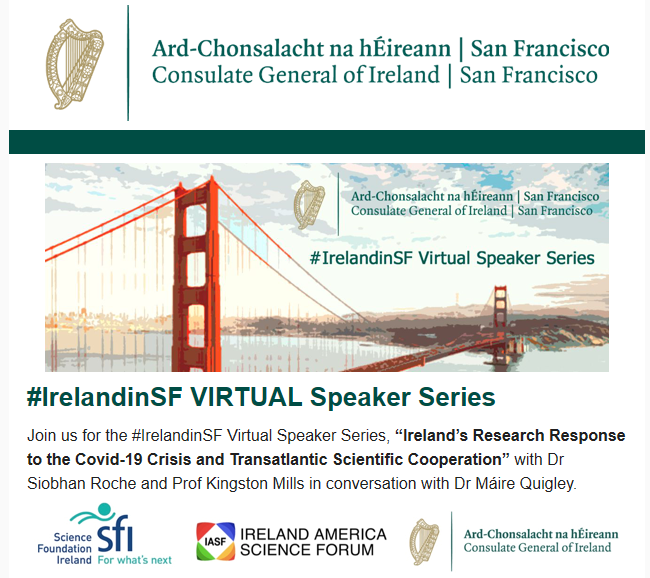
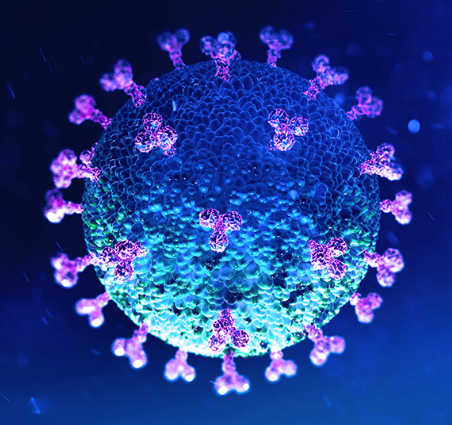
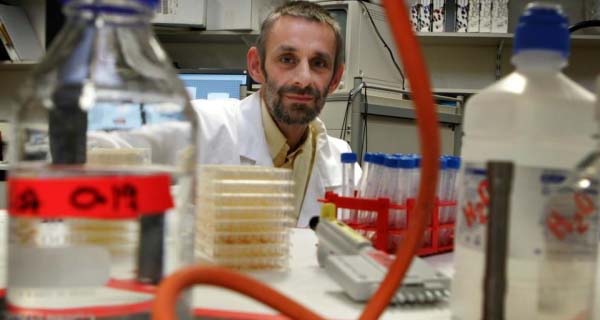




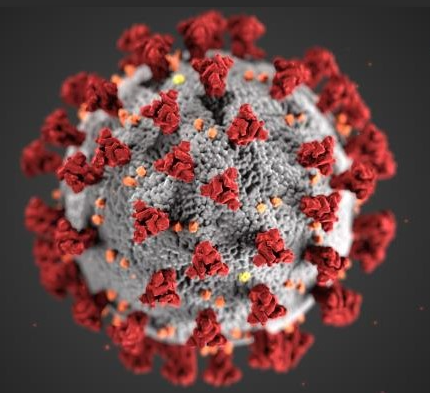
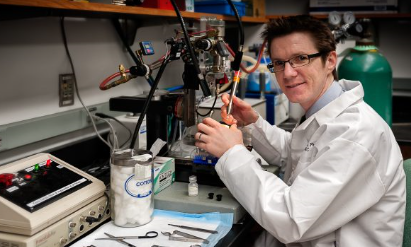
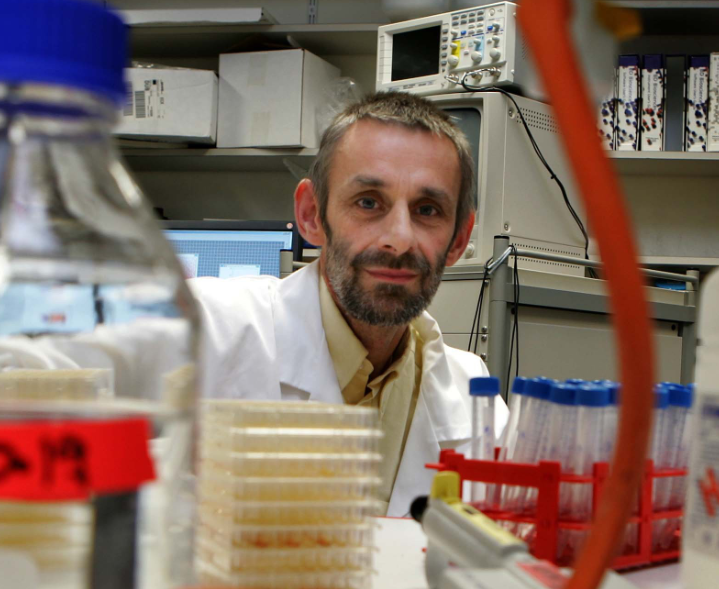
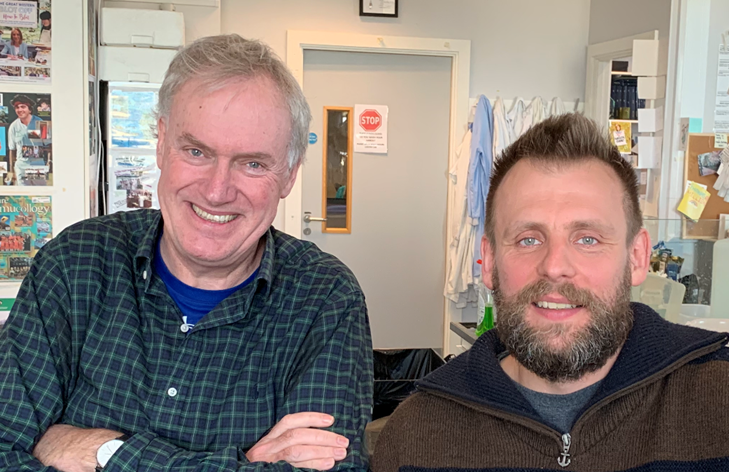

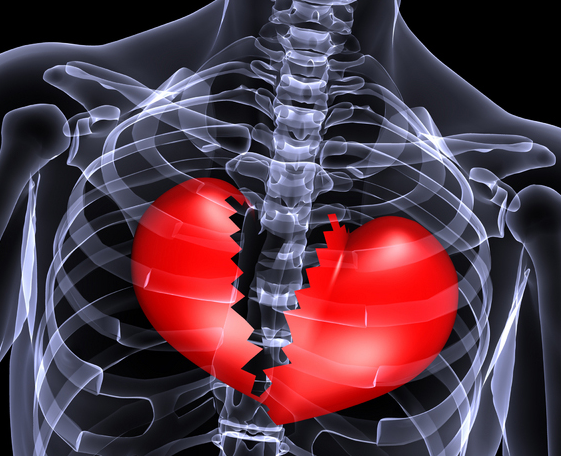

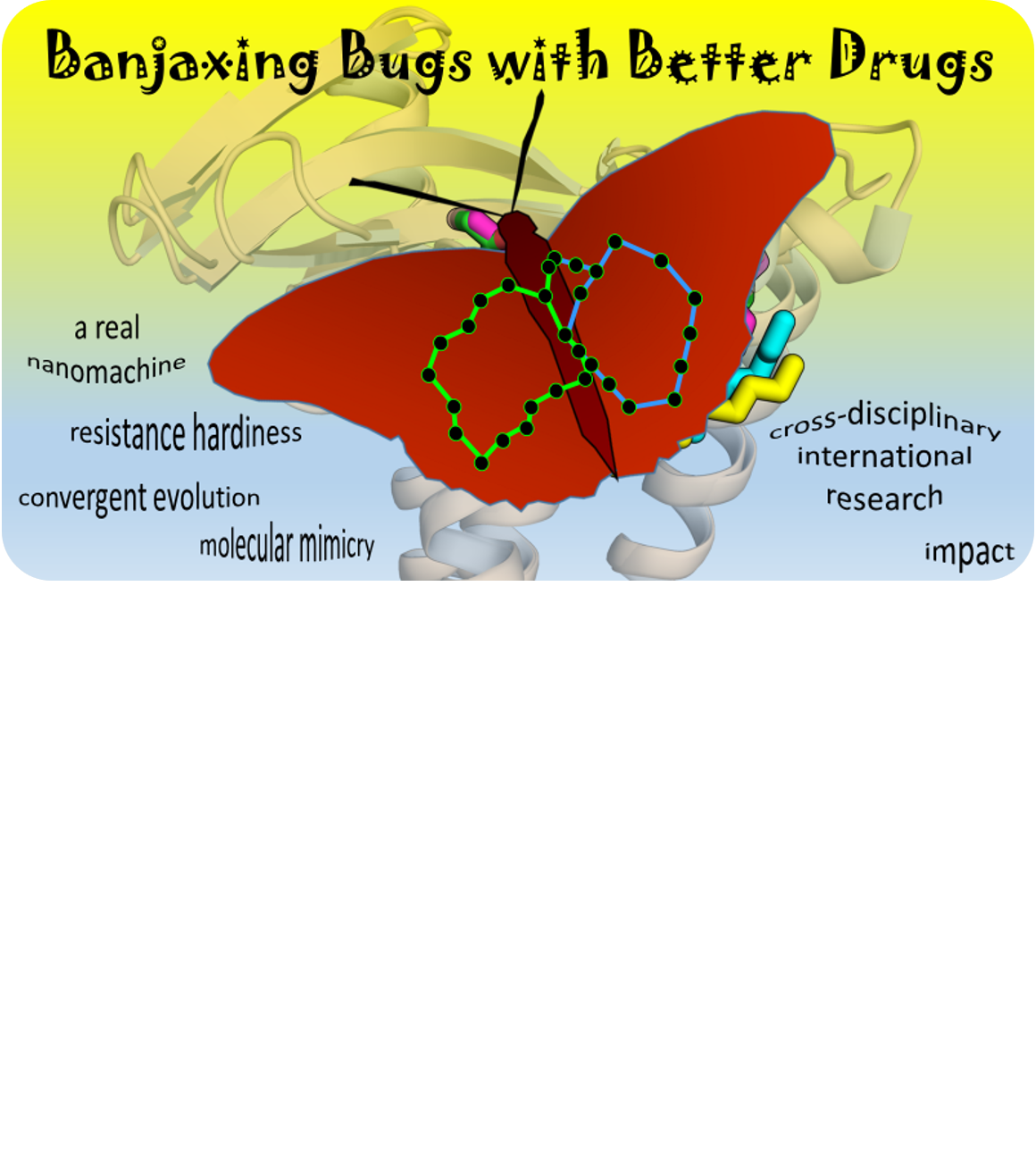
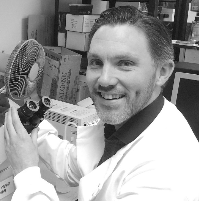

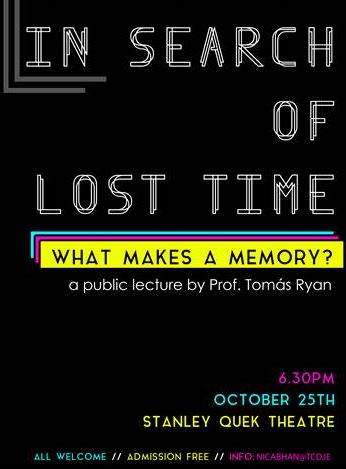




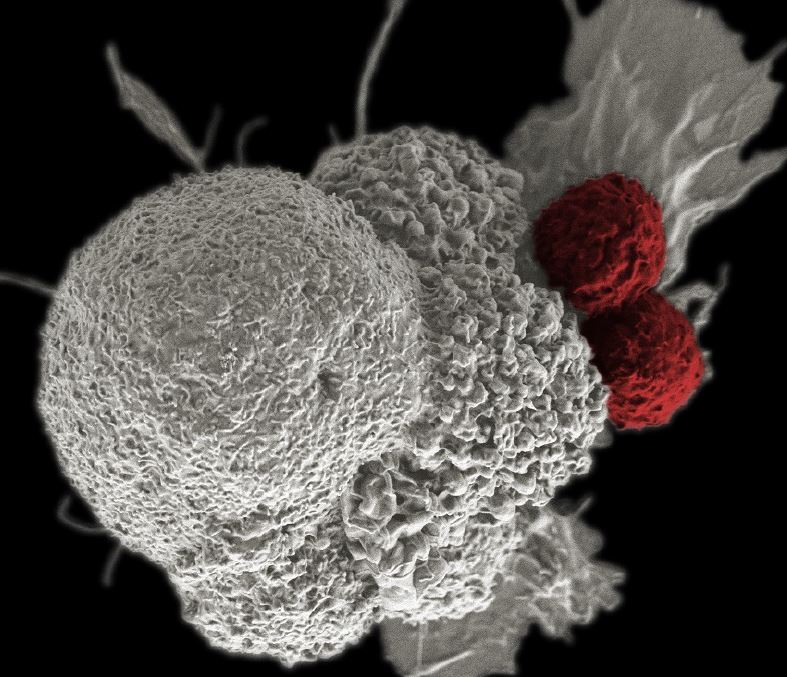


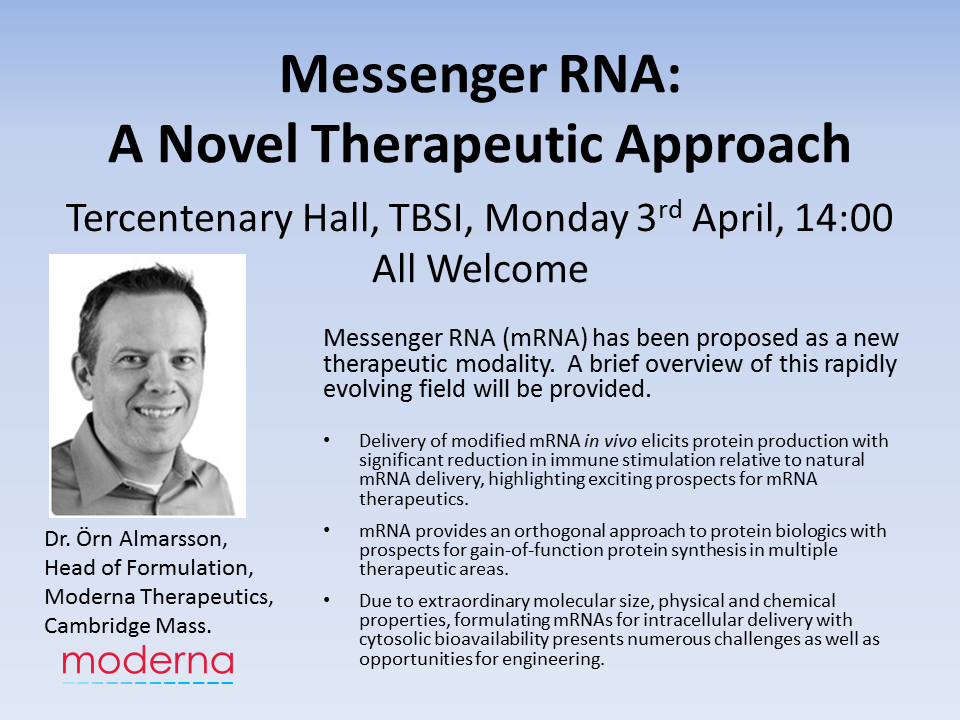
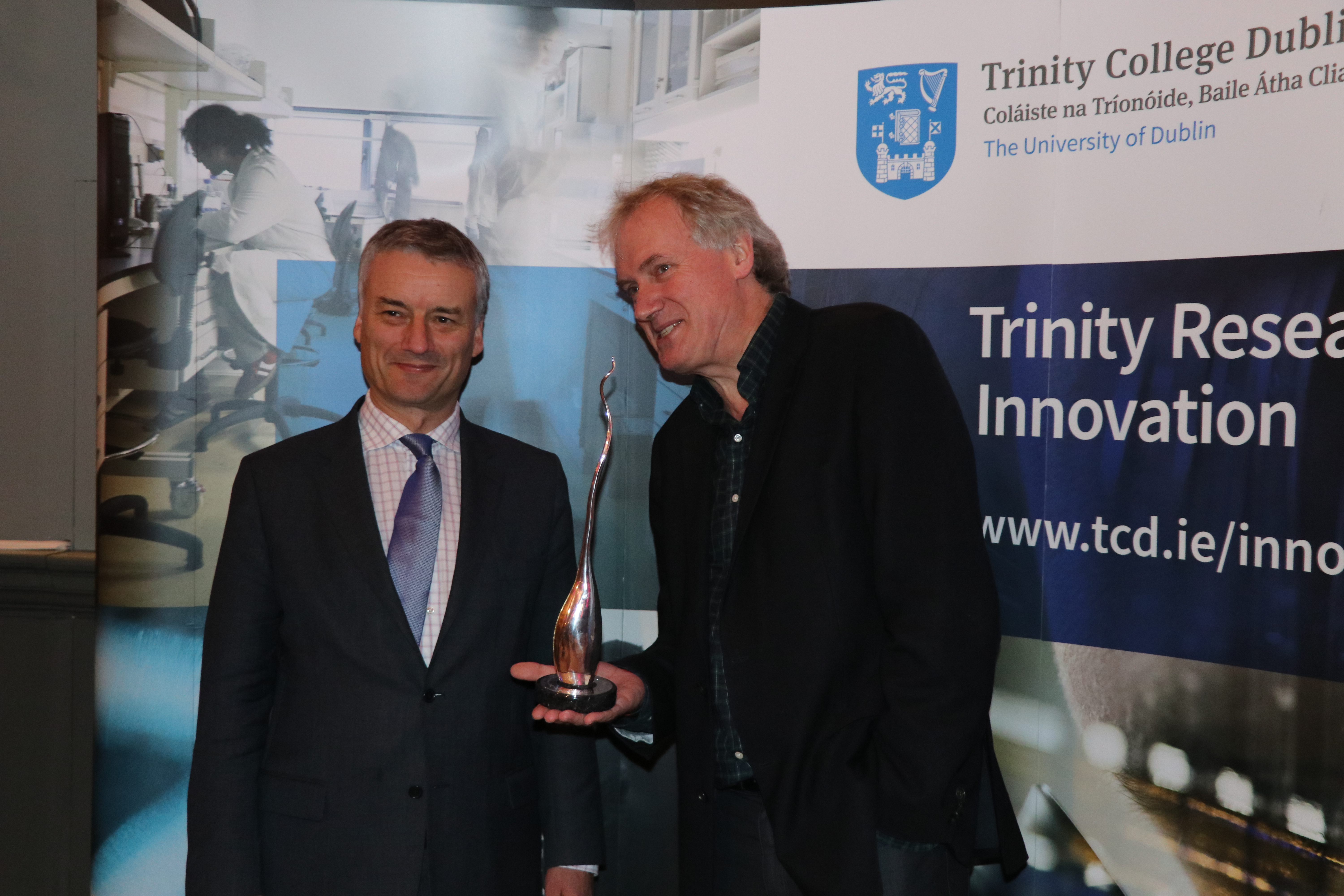
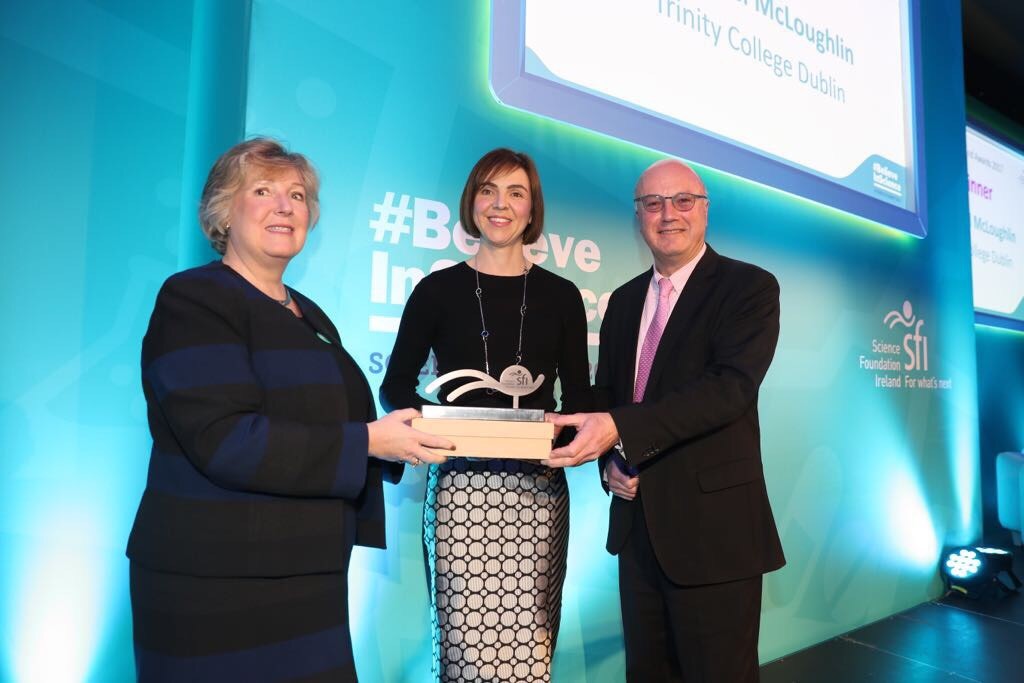
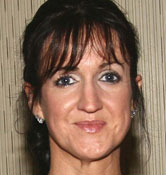

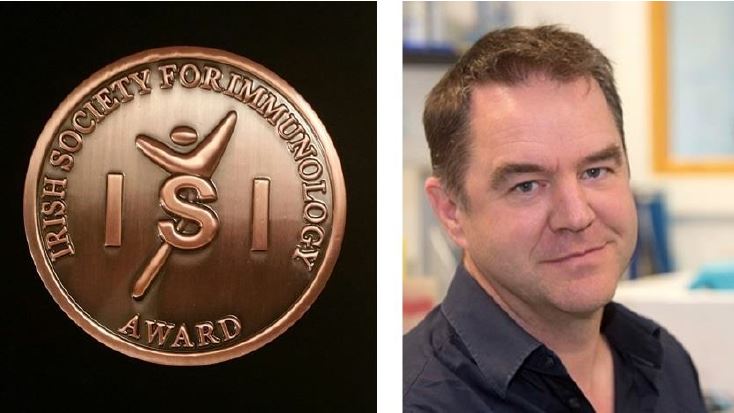
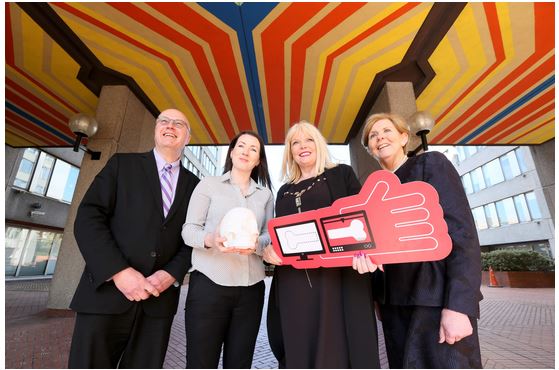
 Researchers combine EEG and MRI to monitor brain changes. new technology to find improved ways of understanding MND These findings were published in the recent issue of the journal Cerebral Cortex and the reader can also see a report written by TCD press
Researchers combine EEG and MRI to monitor brain changes. new technology to find improved ways of understanding MND These findings were published in the recent issue of the journal Cerebral Cortex and the reader can also see a report written by TCD press
![]() The Cubicon Method developed in the Membrane Structural & Functional Biology Group provides a rationally designed, simple solution with applications in structural biology, ligand screening, drug delivery, antibody production and protein complex formation NATURE PROTOCOLS | 12 | 1745 | 2017
The Cubicon Method developed in the Membrane Structural & Functional Biology Group provides a rationally designed, simple solution with applications in structural biology, ligand screening, drug delivery, antibody production and protein complex formation NATURE PROTOCOLS | 12 | 1745 | 2017
 Discovery of rogue messengers Research led by Professor Lorraine O'Driscoll at the School of Pharmacy & Pharmaceutical Sciences, TBSI has made a discovery around treatment-resistant breast cancer. Resistance to HER2-targeted anti-cancer drugs is associated with immune evasion in cancer cells and their derived extracellular vesicles. Journal OncoImmunology, August 2017 TCD press.
Discovery of rogue messengers Research led by Professor Lorraine O'Driscoll at the School of Pharmacy & Pharmaceutical Sciences, TBSI has made a discovery around treatment-resistant breast cancer. Resistance to HER2-targeted anti-cancer drugs is associated with immune evasion in cancer cells and their derived extracellular vesicles. Journal OncoImmunology, August 2017 TCD press.
 Nature Immunology paper published today 18 September 2017. Scientists have just discovered how the engine that powers cancer-killing cells functions. Crucially, their research also highlights how that engine is fuelled and that cholesterol-like molecules, called oxysterols, act as a "cut-off" switch making it hard for our Natural Killer cells to win the war against cancer. The scientists, led by Ussher Assistant Professor in Immunometabolism at TBSI, Dr David Finlay, have just published their findings in leading journal Nature Immunology They report a previously unknown metabolic switch, which is essential for initiating the anti-tumour actions of Natural Killer cells.
Nature Immunology paper published today 18 September 2017. Scientists have just discovered how the engine that powers cancer-killing cells functions. Crucially, their research also highlights how that engine is fuelled and that cholesterol-like molecules, called oxysterols, act as a "cut-off" switch making it hard for our Natural Killer cells to win the war against cancer. The scientists, led by Ussher Assistant Professor in Immunometabolism at TBSI, Dr David Finlay, have just published their findings in leading journal Nature Immunology They report a previously unknown metabolic switch, which is essential for initiating the anti-tumour actions of Natural Killer cells.
 Breakthrough that could Lead to New Treatments for Asthma and Eczema. The team of scientists was led by Science Foundation Ireland Stokes Professor of Translational Immunology, Padraic Fallon, of the School of Medicine in the Trinity Biomedical Sciences Institute. In a press statement, TBSI'S Padraic Fallon said the discovery "has important implications for the development of new therapeutic approaches for asthma and other allergic diseases". JEM
Breakthrough that could Lead to New Treatments for Asthma and Eczema. The team of scientists was led by Science Foundation Ireland Stokes Professor of Translational Immunology, Padraic Fallon, of the School of Medicine in the Trinity Biomedical Sciences Institute. In a press statement, TBSI'S Padraic Fallon said the discovery "has important implications for the development of new therapeutic approaches for asthma and other allergic diseases". JEM
 Congratulations to the Membrane Structural & Functional Biology Group on the publication of their article in Nature Communications. Lipoproteins serve essential roles in the bacterial cell envelope. They are molecular fingerprints by which our immune system recognizes and responds to bacterial infections. The enzymes that synthesise lipoproteins are potential targets for the development of urgently needed new antibiotics. The high-resolution structure of one of these enzymes, Lnt, is reported here. It can now be used to understand how Lnt works at a molecular level as a nanomachine and for the design and discovery of new antibiotics with minimal off-target effects. "Structural insights into the mechanism of the membrane integral N-acyltransferase step in bacterial lipoprotein synthesis" Nat. Commun. 10.1038/NCOMMS15952, 2017
Congratulations to the Membrane Structural & Functional Biology Group on the publication of their article in Nature Communications. Lipoproteins serve essential roles in the bacterial cell envelope. They are molecular fingerprints by which our immune system recognizes and responds to bacterial infections. The enzymes that synthesise lipoproteins are potential targets for the development of urgently needed new antibiotics. The high-resolution structure of one of these enzymes, Lnt, is reported here. It can now be used to understand how Lnt works at a molecular level as a nanomachine and for the design and discovery of new antibiotics with minimal off-target effects. "Structural insights into the mechanism of the membrane integral N-acyltransferase step in bacterial lipoprotein synthesis" Nat. Commun. 10.1038/NCOMMS15952, 2017
 David Finlay, TBSI's Assistant Professor of Cancer Biology &Therapeutics: "The discovery that T Cells and dendritic cells compete with each other for glucose offers a new and exciting insight into how glucose can regulate dendritic cell function". Nature Communications article 30 May 2017
David Finlay, TBSI's Assistant Professor of Cancer Biology &Therapeutics: "The discovery that T Cells and dendritic cells compete with each other for glucose offers a new and exciting insight into how glucose can regulate dendritic cell function". Nature Communications article 30 May 2017
 Scientists discover shared genetic origin for MND and Schizophrenia:
Motor Neurone Disease (MND) (also known as Amyotrophic Lateral Sclerosis (ALS)) and schizophrenia have a shared genetic origin. TBSI's Academic Director Orla Hardiman, is the senior author and lead investigator on the project. Dr Russell McLaughlin, Ussher Assistant Professor in Genome Analysis at Trinity College Dublin, is lead author of the paper. Nature Communications Paper Press Release 24 March 2017
Scientists discover shared genetic origin for MND and Schizophrenia:
Motor Neurone Disease (MND) (also known as Amyotrophic Lateral Sclerosis (ALS)) and schizophrenia have a shared genetic origin. TBSI's Academic Director Orla Hardiman, is the senior author and lead investigator on the project. Dr Russell McLaughlin, Ussher Assistant Professor in Genome Analysis at Trinity College Dublin, is lead author of the paper. Nature Communications Paper Press Release 24 March 2017
Trinity scientists discover shared genetic origin for ALS/MND and schizophrenia from Infocus Media on Vimeo.
 The EU H2020-funded International Network on Microvesicles and Exosomes in Health and Diseases, led by Prof. Lorraine O'Driscoll School of Pharmacy & Pharmaceutical Sciences & TBSI, today published on their extensive international study summarised under the title of EV-TRACK: transparent reporting and centralizing knowledge in extracellular vesicle research. Nature Methods 2017 Feb 28;14(3):228-232.
The EU H2020-funded International Network on Microvesicles and Exosomes in Health and Diseases, led by Prof. Lorraine O'Driscoll School of Pharmacy & Pharmaceutical Sciences & TBSI, today published on their extensive international study summarised under the title of EV-TRACK: transparent reporting and centralizing knowledge in extracellular vesicle research. Nature Methods 2017 Feb 28;14(3):228-232.
 Reuters News agency have picked up on collaborative work by TBSI's Thorri Gunnlaugsson (Chemistry) and Professor Clive Lee (RCSI). 3D 'bone maps' could spot early signs of osteoporosis The work was funded by SFI and in part by IRC.
video
Reuters News agency have picked up on collaborative work by TBSI's Thorri Gunnlaugsson (Chemistry) and Professor Clive Lee (RCSI). 3D 'bone maps' could spot early signs of osteoporosis The work was funded by SFI and in part by IRC.
video
 New way of attacking Viruses The team behind the work was led by TBSI's Dr Nigel Stevenson, Assistant Professor in Immunology. They have discovered that a biological molecule (STAT3) is also critical in protecting us against infection.
Journal: Cellular and Molecular Life Sciences
Irish Times 26 January 2017
TCD press
New way of attacking Viruses The team behind the work was led by TBSI's Dr Nigel Stevenson, Assistant Professor in Immunology. They have discovered that a biological molecule (STAT3) is also critical in protecting us against infection.
Journal: Cellular and Molecular Life Sciences
Irish Times 26 January 2017
TCD press
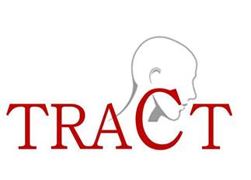
 Cover of the Royal Society of Chemistry publication Chemical Communications
Collaborative work by TBSI's Eoin Scanlan, Thorri Gunnlaugsson (Chemistry) and Clive Williams (School of Biochemistry and Immunology).
The work focuses on the development of fluorescent drug candidates that have sugar units attached to them. They can only be delivered into cancer cells upon selectively hydrolysed of the sugar (of a native glycosidic linkage) in situ by glycosides enzymes.
paper .pdf 3.71mb
Irish Times 8 December 2016
Cover of the Royal Society of Chemistry publication Chemical Communications
Collaborative work by TBSI's Eoin Scanlan, Thorri Gunnlaugsson (Chemistry) and Clive Williams (School of Biochemistry and Immunology).
The work focuses on the development of fluorescent drug candidates that have sugar units attached to them. They can only be delivered into cancer cells upon selectively hydrolysed of the sugar (of a native glycosidic linkage) in situ by glycosides enzymes.
paper .pdf 3.71mb
Irish Times 8 December 2016
 Understanding Inflammation
The work is a joint collaboration between the Inflammation Research Group at TBSI, which is led by Professor of Biochemistry, Luke O'Neill, and the Medical Research Council Mitochondrial Biology Unit, Cambridge UK, which is led by Dr Mike Murphy. TCD Press Officer
wrote
Understanding Inflammation
The work is a joint collaboration between the Inflammation Research Group at TBSI, which is led by Professor of Biochemistry, Luke O'Neill, and the Medical Research Council Mitochondrial Biology Unit, Cambridge UK, which is led by Dr Mike Murphy. TCD Press Officer
wrote
 New study launched by Professor O'Farrelly and her team to discover how "super" immune system can prevent hepatitis C
Press Release TCD
listen to RTE
news at one
New study launched by Professor O'Farrelly and her team to discover how "super" immune system can prevent hepatitis C
Press Release TCD
listen to RTE
news at one
 New hope for cornea transplants TBSI's Mark Ahearne and his team are confident that this research will generate new therapies to treat patients suffering from corneal blindness. Irish Independent
life section
New hope for cornea transplants TBSI's Mark Ahearne and his team are confident that this research will generate new therapies to treat patients suffering from corneal blindness. Irish Independent
life section
 A new scanning technique with major implications for those at risk of developing bone diseases like osteoporosis has been created by a team of scientists. The research team was led by TBSI's chemistry professor Thorri Gunnlaugsson and Dr Esther Surender. Prof Gunnlaugsson said: "The impact is long term as we still have to bring our discovery to the clinic but being able to determine bone quality really impacts everyone". The Irish Examiner
reports.
The Independent Article
Read in full in Chem 08 September 2016 Volume 1, Issue 3
Press Office, TCD report
A new scanning technique with major implications for those at risk of developing bone diseases like osteoporosis has been created by a team of scientists. The research team was led by TBSI's chemistry professor Thorri Gunnlaugsson and Dr Esther Surender. Prof Gunnlaugsson said: "The impact is long term as we still have to bring our discovery to the clinic but being able to determine bone quality really impacts everyone". The Irish Examiner
reports.
The Independent Article
Read in full in Chem 08 September 2016 Volume 1, Issue 3
Press Office, TCD report
Welcome to the Fifth Anniversary Symposium, TBSI 5th September 2016
 The Trinity Biomedical Sciences Building was opened by An Taoiseach Enda Kenny on 17th June 2011.
On Monday 5th September TBSI celebrated its 5th Anniversary with a Symposium which reviewed it's progress, landmark research and future research directions. TCD's press office described the
highlights.
To mark the occasion TBSI also held an imagery competition #TBSI5
The Trinity Biomedical Sciences Building was opened by An Taoiseach Enda Kenny on 17th June 2011.
On Monday 5th September TBSI celebrated its 5th Anniversary with a Symposium which reviewed it's progress, landmark research and future research directions. TCD's press office described the
highlights.
To mark the occasion TBSI also held an imagery competition #TBSI5
 TBSI's Kingston Mills leads the pre-clinical work in the project seeking next-gen whooping cough vaccines. The pan-European initiative PERISCOPE sets out to accelerate improvement of prophylactic vaccines and vaccination strategies for pertussis. The project is funded with a total budget of 28 million euro over the next five years by the Innovative Medicines Initiative (IMI), a joint undertaking of the European Commission and the European Federation of Pharmaceutical Industries and Associations (EFPIA). Additionally, PERISCOPE is the first IMI project to receive funding from the Bill & Melinda Gates Foundation.
Read TCD's article
TBSI's Kingston Mills leads the pre-clinical work in the project seeking next-gen whooping cough vaccines. The pan-European initiative PERISCOPE sets out to accelerate improvement of prophylactic vaccines and vaccination strategies for pertussis. The project is funded with a total budget of 28 million euro over the next five years by the Innovative Medicines Initiative (IMI), a joint undertaking of the European Commission and the European Federation of Pharmaceutical Industries and Associations (EFPIA). Additionally, PERISCOPE is the first IMI project to receive funding from the Bill & Melinda Gates Foundation.
Read TCD's article
 New Language for Cells:
Ground-breaking study that merges linguistics, biochemistry, computer science and mathematics. Scientists, led by TBSI's Professor Gavin Davey, (with awards for funding for the interdisciplinary study provided by EU Marie Curie and Science Foundation Ireland) have written a formal language that enables deciphering of the highly complex manner in which proteins are modified by sugar molecules
read more
New Language for Cells:
Ground-breaking study that merges linguistics, biochemistry, computer science and mathematics. Scientists, led by TBSI's Professor Gavin Davey, (with awards for funding for the interdisciplinary study provided by EU Marie Curie and Science Foundation Ireland) have written a formal language that enables deciphering of the highly complex manner in which proteins are modified by sugar molecules
read more
 Discovery by immunologists at TBSI has just been published in the journal Immunity. Professor in Immunology Ed Lavelle, from Trinity's School of Biochemistry &Immunology and AMBER - the Science Foundation Ireland funded materials science centre - and Dr Elizabeth Carroll have uncovered the mechanism by which a promising vaccine adjuvant, chitosan, induces an immune response. The Trinity team's discovery provides a roadmap to develop vaccines that trigger 'cell-mediated immunity'. Read
Trinity Communications Office's article
Discovery by immunologists at TBSI has just been published in the journal Immunity. Professor in Immunology Ed Lavelle, from Trinity's School of Biochemistry &Immunology and AMBER - the Science Foundation Ireland funded materials science centre - and Dr Elizabeth Carroll have uncovered the mechanism by which a promising vaccine adjuvant, chitosan, induces an immune response. The Trinity team's discovery provides a roadmap to develop vaccines that trigger 'cell-mediated immunity'. Read
Trinity Communications Office's article
 Congratulations to Ed Lavelle, Cliona Ni Cheallaigh and other members of the Lavelle and O'Neill groups in TBSI on their recent paper in
Immunity. "A Common Variant in the Adaptor Mal Regulates Interferon Gamma Signaling"
Congratulations to Ed Lavelle, Cliona Ni Cheallaigh and other members of the Lavelle and O'Neill groups in TBSI on their recent paper in
Immunity. "A Common Variant in the Adaptor Mal Regulates Interferon Gamma Signaling"
 Congratulations to the Membrane Structural & Functional Biology Group on the publication of their Paper in Science. "Structural basis of lipoprotein signal peptidase II action and inhibition by the antibiotic globomycin" Science. 19th February 2016
Congratulations to the Membrane Structural & Functional Biology Group on the publication of their Paper in Science. "Structural basis of lipoprotein signal peptidase II action and inhibition by the antibiotic globomycin" Science. 19th February 2016
With antimicrobial resistance on the rise, the World Health Organization has advised that a post-antibiotic era, in which minor injuries and common infections can prove fatal, is looming. New drugs are needed. Globomycin attracted attention as an antibacterial candidate because of the novel peptidase, LspA, it inhibits and the many lipoproteins with critical roles in bacterial physiology, pathogenicity and antibiotic resistance that go unprocessed as a result. The high-resolution structure of LspA inhibited by globomycin reported here can now be used for the design of better globomycin analogues, to explore the thousands of inhibitors developed for other peptidases, and to design entirely new and more effective antibiotics.
 Congratulations to the Membrane Structural & Functional Biology Group on the publication of their article in Nature Communications "Ternary structure reveals mechanism of a membrane diacylglycerol kinase" Nature Communications. 17th December 2015. Diacylglycerol kinase is a small, integral membrane enzyme that catalyses a complex reaction involving substrates with widely contrasting solubilities. Its lipid substrate is hydrophobic and resides in the membrane while its co-substrate, ATP, is entirely water soluble. How this diminutive nanomachine, less than 10 nanometers tall, brings these two disparate substrates together at the membrane interface for reaction is revealed here in a molecularly detailed crystal structure. As the smallest known kinase, most of its bulk is devoted to creating substrate binding sites. This new structure, solved with the aid of free-electron laser X-rays, contributes to explaining 50 years of work on a paradigmatic enzyme. (PDF 4.21 MB)
Congratulations to the Membrane Structural & Functional Biology Group on the publication of their article in Nature Communications "Ternary structure reveals mechanism of a membrane diacylglycerol kinase" Nature Communications. 17th December 2015. Diacylglycerol kinase is a small, integral membrane enzyme that catalyses a complex reaction involving substrates with widely contrasting solubilities. Its lipid substrate is hydrophobic and resides in the membrane while its co-substrate, ATP, is entirely water soluble. How this diminutive nanomachine, less than 10 nanometers tall, brings these two disparate substrates together at the membrane interface for reaction is revealed here in a molecularly detailed crystal structure. As the smallest known kinase, most of its bulk is devoted to creating substrate binding sites. This new structure, solved with the aid of free-electron laser X-rays, contributes to explaining 50 years of work on a paradigmatic enzyme. (PDF 4.21 MB)
 Non-Disease Proteins Kill Brain Cells. Congratulations to TBSI's Ken Mok (Associate Professor in Biochemistry) and Gavin Davey (Associate Professor in Neuroscience) who along with several young researchers including Níal Harte and Igor Klyubin, collaborated with Professor of Neuropharmacology, Michael J Rowan, Professor in Chemistry, Principal Investigator in CRANN and Dean of Research, John Boland to complete the research . Dr Kenneth Hun Mok (pictured here) led the study that was published in the Journal of Biological Chemistry (pdf) on Friday 20 November 2015.
Non-Disease Proteins Kill Brain Cells. Congratulations to TBSI's Ken Mok (Associate Professor in Biochemistry) and Gavin Davey (Associate Professor in Neuroscience) who along with several young researchers including Níal Harte and Igor Klyubin, collaborated with Professor of Neuropharmacology, Michael J Rowan, Professor in Chemistry, Principal Investigator in CRANN and Dean of Research, John Boland to complete the research . Dr Kenneth Hun Mok (pictured here) led the study that was published in the Journal of Biological Chemistry (pdf) on Friday 20 November 2015.
 Congratulations to TBSI Chemists on their recent publication "Monitoring one-electron photo-oxidation of guanine in DNA crystals using ultrafast
infrared spectroscopy" Nature Chemistry 2015, 7, 961
Congratulations to TBSI Chemists on their recent publication "Monitoring one-electron photo-oxidation of guanine in DNA crystals using ultrafast
infrared spectroscopy" Nature Chemistry 2015, 7, 961
 Immunologist Rachel McLoughlin (TBSI) and her colleagues have unearthed a key piece of the MRSA vaccine puzzle. Trinity Communications Office's press release
Immunologist Rachel McLoughlin (TBSI) and her colleagues have unearthed a key piece of the MRSA vaccine puzzle. Trinity Communications Office's press release
 Congratulations to Fergus E. Poynton, Páraic M. Keane, Thorfinnur Gunnlaugsson & John M. Kelly for their article just published in Nature Chemistry Monitoring one-electron photo-oxidation of guanine in DNA crystals using ultrafast infrared spectroscopy. James P. Hall, Fergus E. Poynton, Páraic M. Keane, Sarah P. Gurung, John A. Brazier, David J. Cardin, Graeme Winter, Thorfinnur Gunnlaugsson, Igor V. Sazanovich, Michael Towrie, Christine J. Cardin, John M. Kelly & Susan J. Quinn doi:10.1038/nchem.2369 Trinity Communications Office's press release
Congratulations to Fergus E. Poynton, Páraic M. Keane, Thorfinnur Gunnlaugsson & John M. Kelly for their article just published in Nature Chemistry Monitoring one-electron photo-oxidation of guanine in DNA crystals using ultrafast infrared spectroscopy. James P. Hall, Fergus E. Poynton, Páraic M. Keane, Sarah P. Gurung, John A. Brazier, David J. Cardin, Graeme Winter, Thorfinnur Gunnlaugsson, Igor V. Sazanovich, Michael Towrie, Christine J. Cardin, John M. Kelly & Susan J. Quinn doi:10.1038/nchem.2369 Trinity Communications Office's press release
 The research group of Wellcome Trust Research Professor, Colm Cunningham (pictured): Publication: Journal of Neuroscience: Dark Stars in Inflammation: Astrocytes in the Neurodegenerating Brain Trinity Communications Office's press release
The research group of Wellcome Trust Research Professor, Colm Cunningham (pictured): Publication: Journal of Neuroscience: Dark Stars in Inflammation: Astrocytes in the Neurodegenerating Brain Trinity Communications Office's press release
 Researchers at TBSI and the University of Pennsylvania have uncovered an important link between our body clock and the immune system that will have relevance to the treatment of inflammatory and infectious diseases. Congratulations to Senior Research Fellow in the School of Biochemistry and Immunology , TBSI, Dr Annie Curtis, who is a lead author of the paper, (and also other members of Luke O'Neill's lab (Luke is joint senior author), Caio Fagundes, Eva Palsson-McDermott ,Paulina Wochal , Anne McGettrick and Jamie Early) Read what
Trinity Communications Office say.
Researchers at TBSI and the University of Pennsylvania have uncovered an important link between our body clock and the immune system that will have relevance to the treatment of inflammatory and infectious diseases. Congratulations to Senior Research Fellow in the School of Biochemistry and Immunology , TBSI, Dr Annie Curtis, who is a lead author of the paper, (and also other members of Luke O'Neill's lab (Luke is joint senior author), Caio Fagundes, Eva Palsson-McDermott ,Paulina Wochal , Anne McGettrick and Jamie Early) Read what
Trinity Communications Office say.
 Thorri Gunnlaugsson, pictured here, is in the news again with the discovery of a versatile new gel. Read what the Irish Times says.
Thorri Gunnlaugsson, pictured here, is in the news again with the discovery of a versatile new gel. Read what the Irish Times says.
Chemistry News Led by TBSI's Thorri Gunnlaugsson, the collaborative team has established how to quickly and cheaply create self-healing, luminescent gels, which will have a variety of uses in fields spanning science, medicine and electronics.
 A drug to halt many diseases! Press Release TBSI's Luke O'Neill described the discovery as one of the most exciting of his career. "I have been in the research business for 30 years and you usually end in failure, but this time we seem to have hit upon something truly transformative"
Irish Examiner RTE News
A drug to halt many diseases! Press Release TBSI's Luke O'Neill described the discovery as one of the most exciting of his career. "I have been in the research business for 30 years and you usually end in failure, but this time we seem to have hit upon something truly transformative"
Irish Examiner RTE News
 Discovery made by scientists in TBSI (Martin Caffrey, pictured), Bacterial Blueprints could give Doctors and Nurses fewer sleepless nights
read about breakthrough
Discovery made by scientists in TBSI (Martin Caffrey, pictured), Bacterial Blueprints could give Doctors and Nurses fewer sleepless nights
read about breakthrough
 Led by Professor Lorraine O'Driscoll New Research Could Provide Key to Overcoming Resistance with
HER2 Targeted Cancer Treatments
Led by Professor Lorraine O'Driscoll New Research Could Provide Key to Overcoming Resistance with
HER2 Targeted Cancer Treatments
![[3]catenane](../../assets/images/news-events/3catenane.jpg) Research group led by Professor of Chemistry at TBSI, Thorri Gunnlaugsson, have achieved a long-pursued molecular first by interlocking three molecules through a single point.
Research group led by Professor of Chemistry at TBSI, Thorri Gunnlaugsson, have achieved a long-pursued molecular first by interlocking three molecules through a single point.
 Research group led by Professor of Membrane Structural and Functional Biology at TBSI, Martin Caffrey, developed a high-throughput method for growing membrane protein crystals that makes use of the 'Lipid Cubic Phase' (LCP)
Research group led by Professor of Membrane Structural and Functional Biology at TBSI, Martin Caffrey, developed a high-throughput method for growing membrane protein crystals that makes use of the 'Lipid Cubic Phase' (LCP)
 Padraic Fallon leads an international collaboration which identifies process that causes scarring in the lungs of patients with idiopathic pulmonary fibrosis (IPF). Press Release
Padraic Fallon leads an international collaboration which identifies process that causes scarring in the lungs of patients with idiopathic pulmonary fibrosis (IPF). Press Release
 Padraic Fallon, leads International research project which identifies a new genetic mutation that helps explain the development of eczema. Press Release
Padraic Fallon, leads International research project which identifies a new genetic mutation that helps explain the development of eczema. Press Release
 Putting Sleeping Sickness to bed A paper published in Nature this week by a consortium of European researchers including Dr Derek Nolan, PI of the molecular parasitology group in the School of Biochemistry and Immunology,TBSI, has now finally revealed how these parasites have overcome this defence. BBC news African trypanosome PDF PubMed
Putting Sleeping Sickness to bed A paper published in Nature this week by a consortium of European researchers including Dr Derek Nolan, PI of the molecular parasitology group in the School of Biochemistry and Immunology,TBSI, has now finally revealed how these parasites have overcome this defence. BBC news African trypanosome PDF PubMed
 Could table salt be used to make nano-wires? Scientists have discovered that crystals of sodium chloride could 'grow' tiny wires - Prof Thorfinnur (Thorri) Gunnlaugsson, a principal investigator at Trinity Biomedical Sciences Institute, co-authored a study about the findings in ACS Nano.
Could table salt be used to make nano-wires? Scientists have discovered that crystals of sodium chloride could 'grow' tiny wires - Prof Thorfinnur (Thorri) Gunnlaugsson, a principal investigator at Trinity Biomedical Sciences Institute, co-authored a study about the findings in ACS Nano.
ACS Nano PDF
(Irish Times)

 Scientists uncover Protective Influence of Vitamin A against Inflammatory Bowel Disease - Kingston Mills has just been published in the leading Medical journal, The Journal of Experimental Medicine.
Scientists uncover Protective Influence of Vitamin A against Inflammatory Bowel Disease - Kingston Mills has just been published in the leading Medical journal, The Journal of Experimental Medicine.
(PDF 296KB)
(Irish Times)
 New Crystal Structure helps explain 50 Years of Research on a Novel Membrane Enzyme in E. coli - The research was carried out in Professor Martin Caffrey’s Membrane Structural and Functional Biology (MS&FB) group in Trinity’s School of Medicine and School of Biochemistry and Immunology.
New Crystal Structure helps explain 50 Years of Research on a Novel Membrane Enzyme in E. coli - The research was carried out in Professor Martin Caffrey’s Membrane Structural and Functional Biology (MS&FB) group in Trinity’s School of Medicine and School of Biochemistry and Immunology.
(PDF 167KB)
 New Discovery may lead the way to Improved Whooping Cough Vaccine. The research led by Professor of Experimental Immunology, Kingston Mills has just been published in the leading international journal PloS Pathogens.
New Discovery may lead the way to Improved Whooping Cough Vaccine. The research led by Professor of Experimental Immunology, Kingston Mills has just been published in the leading international journal PloS Pathogens.
(PDF 300KB)
(Irish Times)
(Journal PloS Pathogens)
 TCD Researchers Reveal that the Immune System is like a Turbo-Charged Hybrid Car. Led by Professor of Biochemistry, Luke O'Neill
TCD Researchers Reveal that the Immune System is like a Turbo-Charged Hybrid Car. Led by Professor of Biochemistry, Luke O'Neill
(PDF 273KB)
 Associate Professor of Biochemistry and Immunology Rachel McLoughlin was amongst a group of researchers to discover How the Bacterium Staphylococcus Aureus that plays a vital role in spread of MRSA Colonises the Human Nose
Associate Professor of Biochemistry and Immunology Rachel McLoughlin was amongst a group of researchers to discover How the Bacterium Staphylococcus Aureus that plays a vital role in spread of MRSA Colonises the Human Nose
 Dr David Finlay of TBSI: Cellular Metabolism Arms T cells to Battle Viruses and Tumours
Dr David Finlay of TBSI: Cellular Metabolism Arms T cells to Battle Viruses and Tumours
 Self-Eating Cells May Hold key to New Inflammatory Therapies
Self-Eating Cells May Hold key to New Inflammatory Therapies

TBSI hosted a special symposium entitled ‘Metabolism and Metabolic diseases’ on Monday, April 15th. In this wide-ranging conference, a number of diseases were discussed including parkinson's disease, heart disease, type 2 diabetes, sepsis and cancer, the particular focus being the role of metabolism in these diseases.
(Programme 15th April) The symposium also incorporated the Second National NMR Meeting which took place on 16th April 2013 (Programme 16th April)

Lydia Lynch: Immune Cells Could Protect Against Obesity
(Immunity Article) (Irish Times) (Communications, TCD) (Harvard Gazette )

New Ways Viruses Affect Human Immune Response Discovered

Scientists Solve Structure of Important Protein in Energy Storage of Cells

Researchers Make Breakthrough in the cause of Premature Birth

Trinity Researchers Report Major Eye Disease Breakthrough

Trinity College Dublin Scientists Discover New 'Off Switch' in Immune Response

Trinity College Dublin Researchers Collaborate in discovery of new targets for the Treatment of Asthma

Discovery of New Vaccine Approach for Treatment of Cancer

